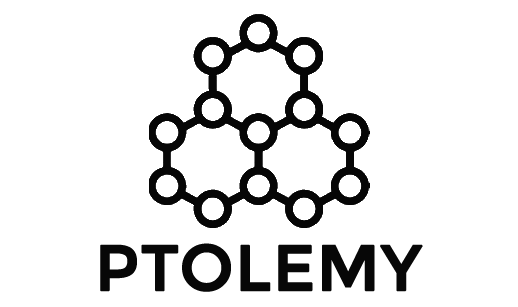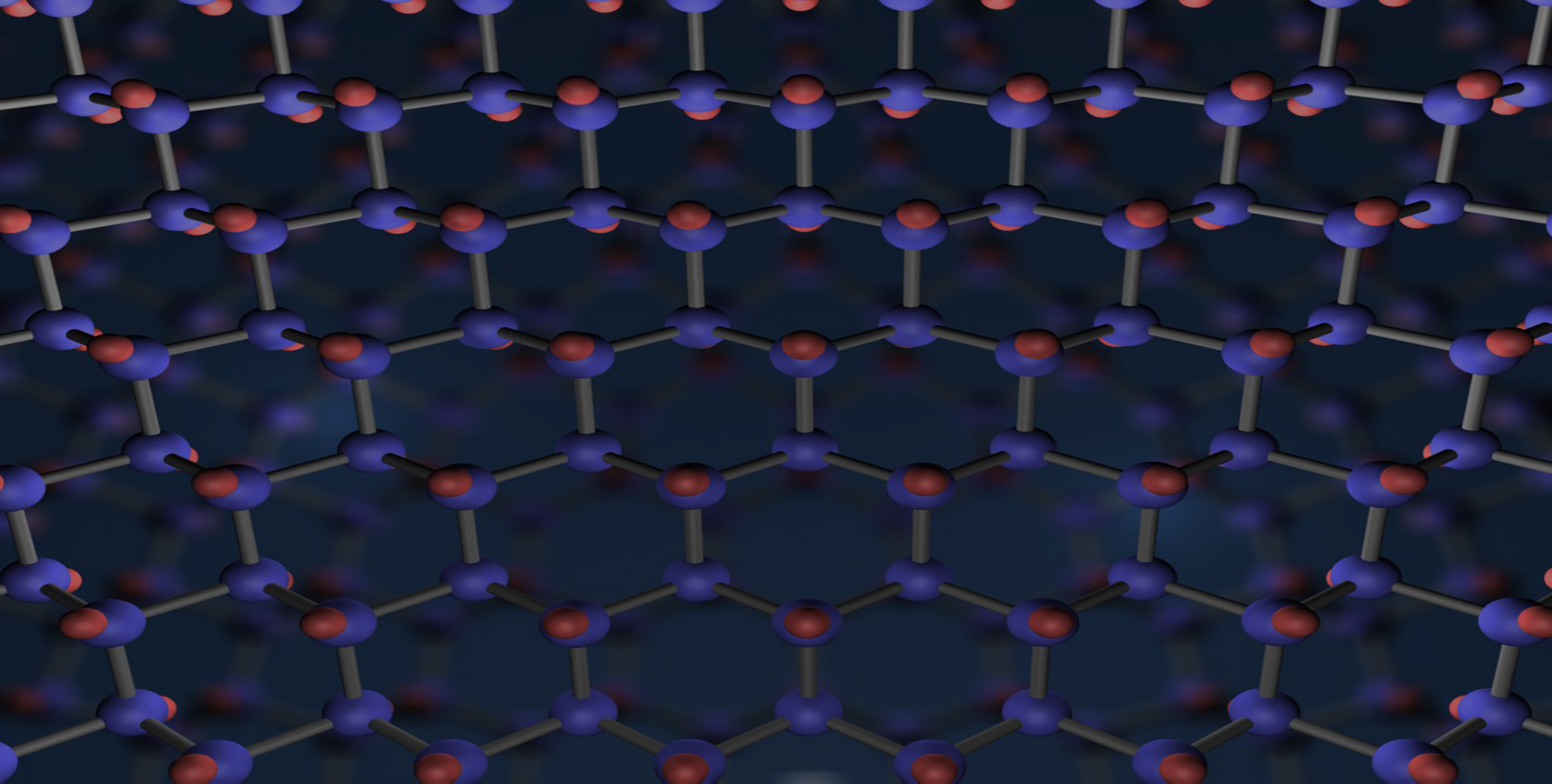The TES sizes are on the order of tens of micrometer, this means that it is necessary to develop an array of many elements to cover a larger area.
In order to limit the number of readout SQUID channels, three different approaches are possible: FDM (Frequency Division Multiplex) multiplexing, the parallel connection of many TES or mixed configuration of both. The FDM could be done at low frequency (10 MHz band) or at microwave (GHz band). The first has higher TRL and is used in CMB very large detector arrays in Atacama and South Pole telescopes and is under test for the readout of the GSFC-NASA 1 Kpixel array for the ATHENA X-ray space telescope. The GHz FDM electronics is under development for the project Holmes (Milano-Bicocca Group). The readout of 100 TESs in parallel has been developed by UniGe for the cryogenic anti-coincidence of ATHENA. This method requires a fine tuning of the Signal-to-Noise: all the TESs in parallel will contribute to the full noise, while only one generates the signal. A possible mixed configuration could be an interesting solution to be exploited.


